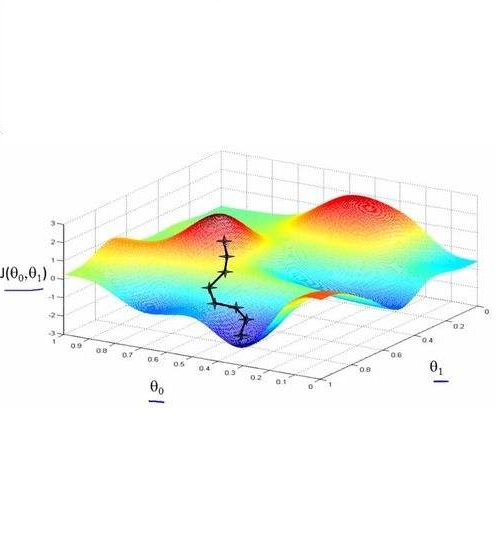When modern FPGA architecture becomes increasingly complicated, modern FPGA placement is a mixed optimization problem with multiple objectives, including wirelength, routability, timing closure, and clock feasibility. Typical FPGA devices nowadays consist of heterogeneous SLICEs like SLICEL and SLICEM. The resources of a SLICE can be configured to {LUT, FF, distributed RAM, SHIFT, CARRY}. Besides such heterogeneity, advanced FPGA architectures also bring complicated constraints like timing, clock routing, carry chain alignment, etc. The above heterogeneity and constraints impose increasing challenges to FPGA placement algorithms. In this work, we propose a multi-electrostatic FPGA placer considering the aforementioned SLICEL-SLICEM heterogeneity under timing, clock routing and carry chain alignment constraints. We first propose an effective SLICEL-SLICEM heterogeneity model with a novel electrostatic-based density formulation. We also design a dynamically adjusted preconditioning and carry chain alignment technique to stabilize the optimization convergence. We then propose a timing-driven net weighting scheme to incorporate timing optimization. Finally, we put forward a nested Lagrangian relaxation-based placement framework to incorporate the optimization objectives of wirelength, routability, timing, and clock feasibility. Experimental results on both academic and industrial benchmarks demonstrate that our placer outperforms the state-of-the-art placers in quality and efficiency.
翻译:当现代FPGA架构日益复杂时,现代FPGA配置是一个混合的优化问题,有多种目标,包括线长、可移动性、时间关闭和时钟可行性。典型的FPGA装置目前由SLICEL和SLICEEM等多种不同的SLICE系统装置组成。 SLICE的资源可以配置为{LUT、FF、分布式RAM、SHIFFT、CARRY}。除了这种异质性外,先进的FPGA结构也带来了复杂的制约,如时间、时钟路由、连锁接轨等。上述差异性和制约因素给FPGA的配置算法带来了越来越多的挑战。在这项工作中,我们建议采用多电子化的SLICEL-SLICEEM系统定位器。我们提出一个有效的SLICEL-SLICEEM高频模型,以新的基于电压的密度配置。我们还设计了一个动态调整的线性调整和连锁性调整技术,以稳定最优化的趋近时间框架。我们然后提出一个时间化的滚式时间框架框架,我们提出一个升级的升级到时间框架,我们提出一个升级到升级的升级的升级的升级到升级到升级到升级到升级到升级的周期。</s>



